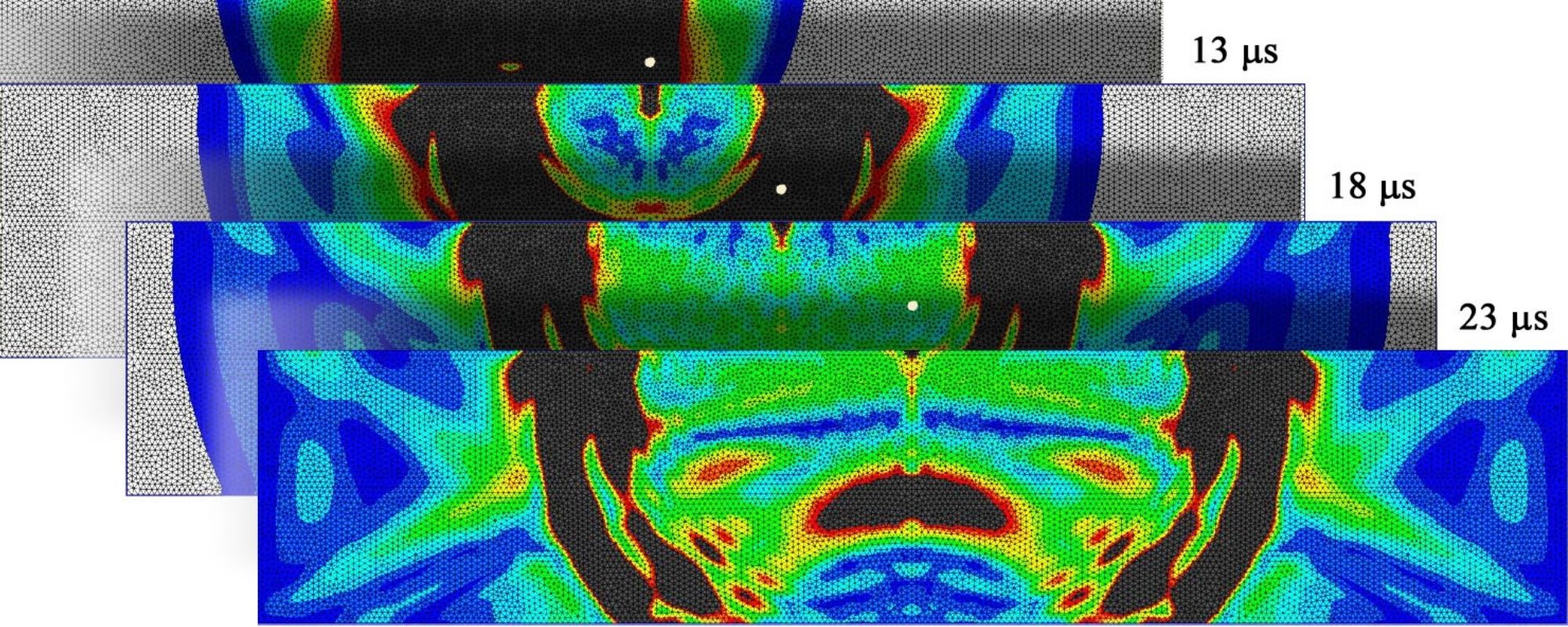Research Areas
Geotechnical Engineering
Geotechnical Engineering focuses on the understanding and application of how soil and rock are used as engineering materials within our constructed environment. Soil and rock constitute the largest construction material by volume used, and understanding their behavior as engineering materials is critical to the design of building foundation systems, earth and rockfill dams and embankments, tunnels and other underground structures, and all other facilities constructed of or in contact with soil or rock. In addition, geotechnical engineering is an important component of understanding how our lifeline systems perform, both above and below ground.
Faculty
Structural Engineering
The structural engineer is responsible for the analysis, design, and construction of traditional civil engineering structures including buildings, bridges, concrete dams, tanks, and towers, as well as a great diversity of other structures, such as radio telescopes; reactor containment vessels; cooling towers; railway, automotive, and aerospace vehicles; ships, space stations, and roller coasters.






